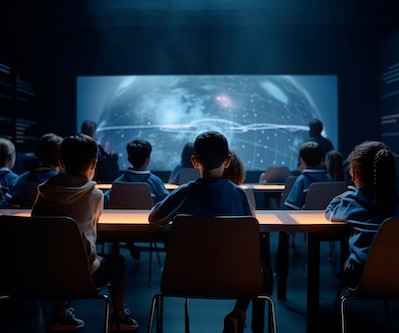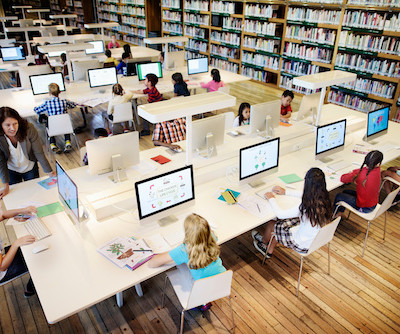Examples of Technologies that Improve Student Learning
eSchool News
JANUARY 3, 2024
What are some good examples of using technology to enhance learning? Virtual Field Trips: Utilize virtual reality (VR) or augmented reality (AR) applications to take students on virtual field trips, allowing them to explore historical landmarks, ecosystems, or outer space from the confines of the classroom, enhancing experiential learning.















Let's personalize your content